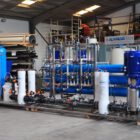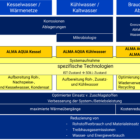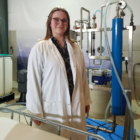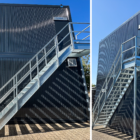Industrial wastewater
Industrial wastewater is wastewater that originates from industrial processes and often contains specific contaminants that are not found in domestic wastewater. It may contain chemicals, heavy metals, organic compounds, oils, greases and other pollutants resulting from the production or cleaning of industrial plants. The composition of industrial wastewater varies depending on the








